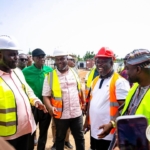
The Volta Regional Minister, James Gunu; Council of State member representing the Volta region, Gabriel Kwamega Atokple Tanko; heads of key institutions; members of the clergy; and representatives of the Volta Regional House of Chiefs embarked on a comprehensive tour of the government’s ongoing ‘Big Push’ road projects across the region.
The inspection covered approximately 348 kilometres of road works, including the construction of a 67.5-metre steel bridge at Sayikope in the North Tongu District.
The objective was to assess progress, interact with contractors, and address concerns raised by communities along the routes.
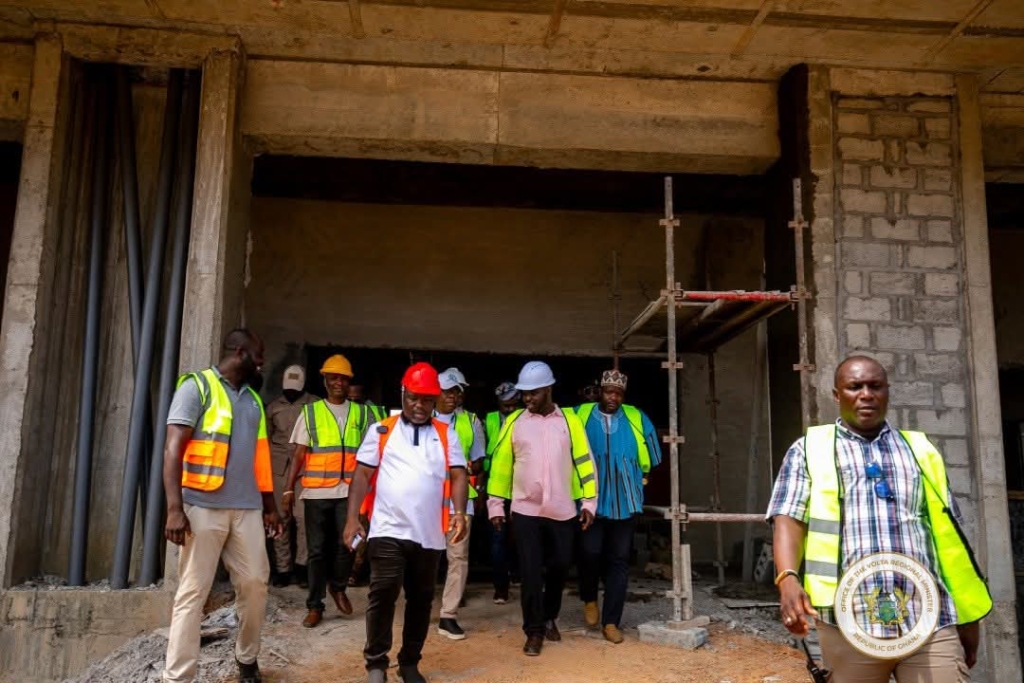
During the tour, the Volta Regional Maintenance Manager of the Ghana Highways Authority, Eng. Samuel Yaw underscored the strategic importance of the roads under construction, particularly the N2 stretch from Asikuma–Have to Hohoe, described as the shortest and most efficient route from Ghana’s ports to Burkina Faso.
According to him, completing the Asikuma–Anyirawase–Ho–Denu section will significantly reduce travel time and transportation cost by about 40 per cent, while strengthening economic activity across the region and beyond.
He explained: “Have, Hohoe was initially funded by Cocobod, and fortunately, it has been rolled into the Big Push. This section of the road is part of the N2, the national road 2, which starts from Tema and ends at Kulungugu. When this place is completed, it is going to boost the economic activity along the entire stretch and also going to reduce the travel time.”
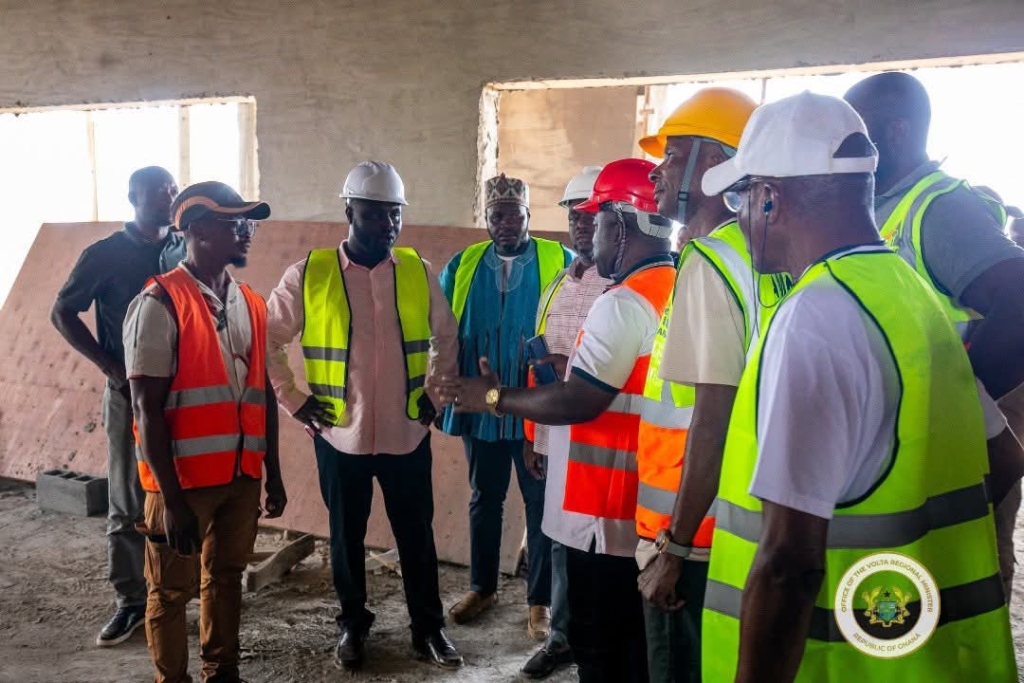
“Same as the Asikuma-Have is also on the same stretch. This national road 2 is the shortest distance from the Ghana ports to our neighbouring country, Burkina Faso. Atimpoku to Asikuma to Anyirawase to Ho to Denu, in total, we have about 177km of road, and there are 9 contractors on the stretch.
“Progress on the road is impressive, and the contractors are working very well. This, when completed, is also going to boost the economic activities, especially from Aflao to the Ho section. Travelling time will also reduce by about 40%,” he added.
Eng. Yaw assured that the Ghana Highways Authority is committed to insisting on quality materials and ensuring road safety throughout the project execution.
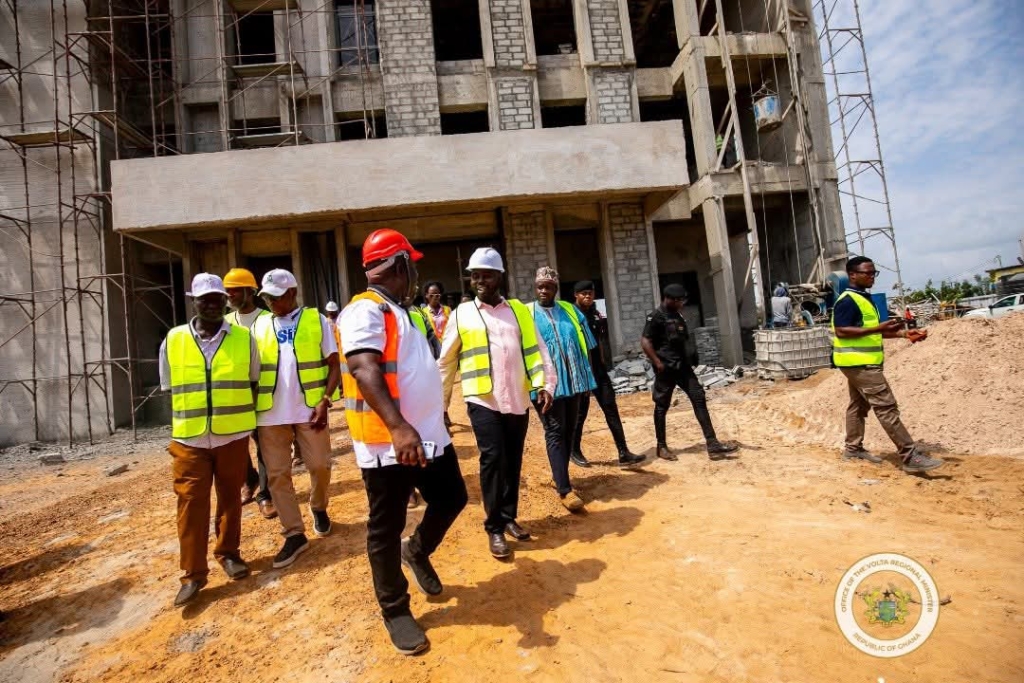
Representing the Volta Regional House of Chiefs, Torgbega Sei II of the Botoku Traditional Area expressed mixed reactions after the inspection. While commending most contractors, he expressed dissatisfaction with delays on the Hohoe–Have stretch.
“We are not too impressed with the Hohoe-Have because of the delay from the contractors. However, looking at the contractors from Asikuma to Adidome, we are impressed. Kpetoe to Denu, we are so much impressed with how efficient the contractors have been,” Torgbega Sei stated.
Volta Regional Minister, James Gunu, emphasised that the monitoring exercise forms part of the core mandate of the VRCC, and it will be done every six months.

He urged contractors to hold regular site meetings, provide clear work schedules, and intensify their pace of work due to the economic relevance of the roads.
He also advised residents to avoid creating unauthorised speed bumps and to be patient as construction activities may cause temporary discomfort.
“The road construction may come with some inconveniences; we must all be ready to bear with these inconveniences. Those who have been constructing illegal speed bumps on these roads, we are appealing to them, we don’t want to see any such development on these big push roads and other priority road projects,” Mr Gunu stated.
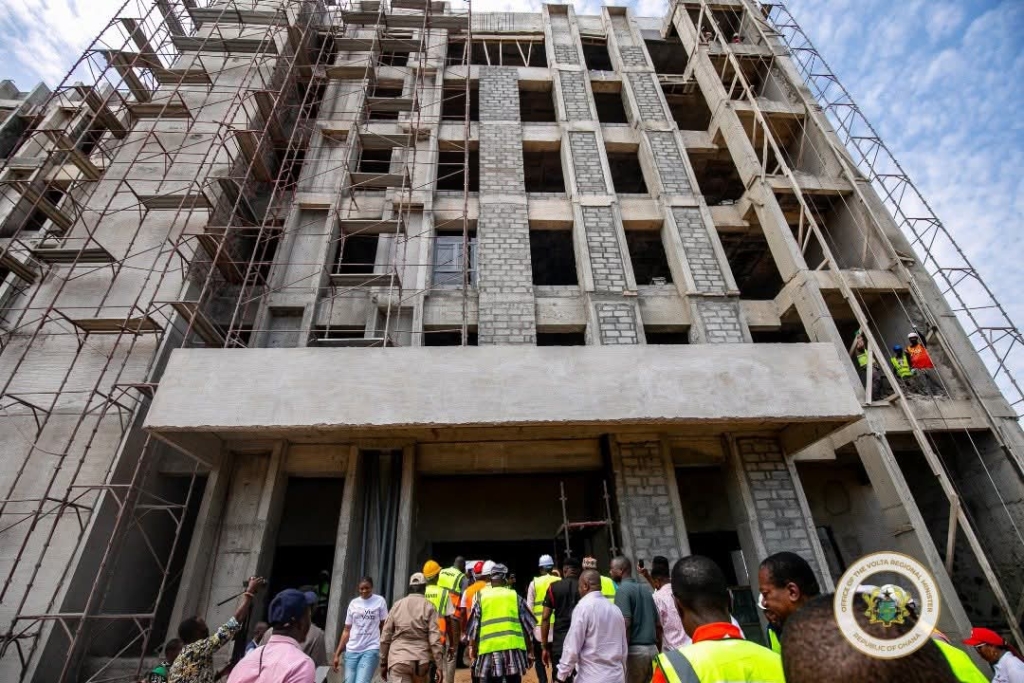
The tour concluded at the Agavedzi Sea Defence Project site, where the Volta Regional Minister met the Minister for Works, Housing and Water Resources, Kenneth Gilbert Adjei, who was also on a working visit. The two ministers then took the opportunity to visit the Keta Port site to inspect ongoing works.
The Big Push is a government-driven infrastructure acceleration initiative introduced to fast-track major development projects across Ghana.
Designed to open up economic corridors, enhance national integration, and create jobs, the project places emphasis on large-scale investments in roads, bridges, industrial infrastructure, and social amenities.